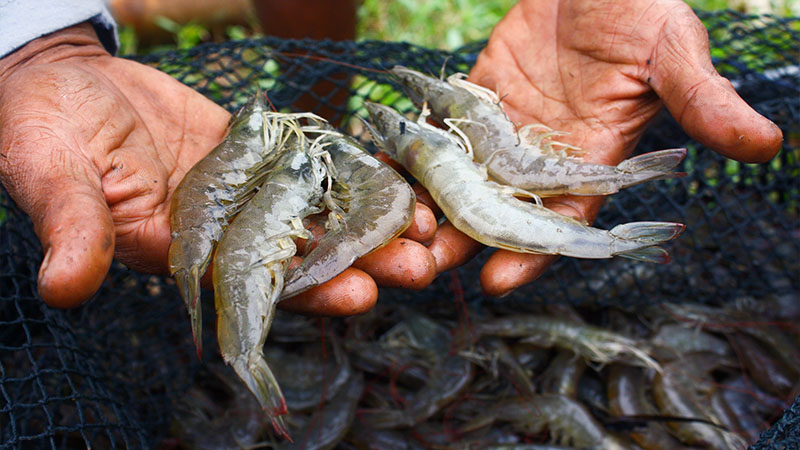Exclusive content

The recent decision by the United States to impose a 6% countervailing duty on Indian fish imports has sent shockwaves through the shrimp farming and export community in India. With shrimp constituting approximately 90 percent of the fish exported from the country, this move directly threatens the livelihoods of shrimp farmers and exporters, particularly in regions like West Bengal, which are significant players in this industry.
Concerns and Challenges
Rajarshi Bandyopadhyay, president of the Seafood Exporters Association, expressed deep concern over the potential ramifications of this decision. West Bengal alone contributes significantly to India’s shrimp export industry, accounting for approximately 14% of the nation’s exports. Hundreds of thousands of individuals rely on shrimp farming and export for their livelihoods, with the American market being a crucial destination. However, the imposition of tariffs could lead to increased prices in the US market, putting Indian exporters at a competitive disadvantage.
The challenges faced by shrimp producers in West Bengal are further exacerbated by existing obstacles. High electricity costs, transportation levies, and expensive land leases have hindered the growth of shrimp farming in the state. Consequently, current shrimp farmers are hesitant to expand cultivation, leading to stagnant production levels and impacting export volumes.
Call to Action
In light of these developments, stakeholders are urging immediate intervention from the state government to support shrimp farmers and exporters. Key demands include aligning electricity tariffs for shrimp farming with general agriculture, eliminating transportation tax on shrimp purchases, and seeking exemptions from tax during export processing.
Rajarshi Bandyopadhyay emphasized the need for collaborative efforts between the central government and industry stakeholders to challenge the US tariffs legally. The outcome of these actions will not only determine the fate of Indian shrimp exporters but also shape the future of the country’s seafood industry as a whole.